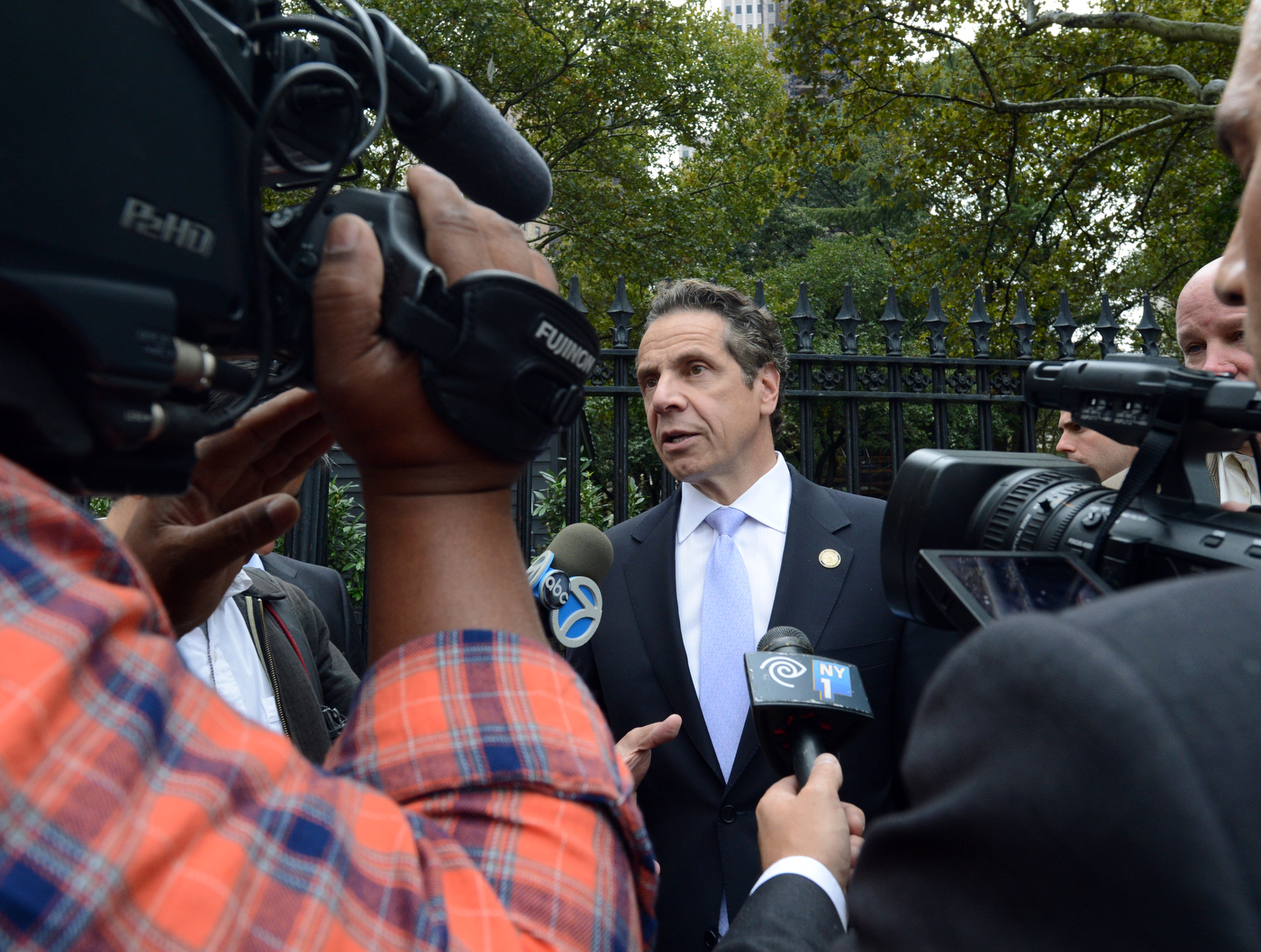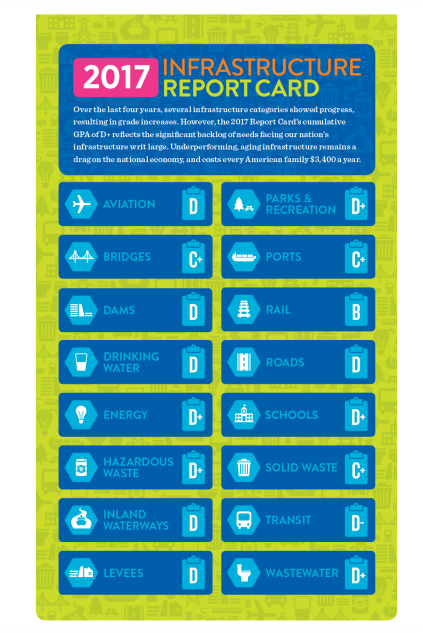New York's 'Summer of Hell' Is a Wake up Call for Everyone

By:
In an effort to prevent a "summer of hell" on New York's subway system, New York Gov. Andrew Cuomo has initiated state of emergency which will allow for repairs to be made sooner.
 Flickr - flickr.com
Flickr - flickr.com
Cuomo gave Metropolitan Transportation Authority Chairman Joe Lhota 30 days to reorganize the mass transit system and said that $1 billion in state funds will go toward repairing the failing system. The announcement came as hundreds of Long Island commuters were trapped inside cars for hours because a train lost power, according to the New York Daily News.
The state of emergency comes after rising complaints about subway service and a train derailment on Tuesday in which dozens of people were injured.
Tweets about the A train derailment show riders evacuating dark cars and crowds stuck underground.
Although the MTA concluded the derailment was likely caused by human error it reignited complaints on Twitter about Cuomo and the eroding state of the NYC train system.
One person pointed out zip ties appeared to be used to hold one train's undercarriage together.
It's been a summer full of notable infrastructure failures for the MTA.
On June 5, an F train full of passengers was stuck underground for at least 45 minutes with no lights and no air conditioning.
On June 13, when Cuomo tweeted about an upcoming self-driving car demonstration, people took the opportunity to demand the governor focus instead on public transportation improvements.
New York isn't alone in needing major upgrades to its infrastructure.
Public transportation and infrastructure spending are primarily funded by states, but they receive federal funding, as well.
A 2015 report by the U.S. Department of Transportation said that the condition of U.S. infrastructure is improving overall, but significant work is still needed. More than 10 percent of bridges in the U.S. were considered structurally deficient in 2013, and there is a lack of data on the actual status of traffic control systems.
In 2017, U.S. infrastructure got a D-plus from the American Society of Engineers, a trade association representing those in the civil engineering profession.
 The American Society of Civil Engineers - infrastructurereportcard.org
The American Society of Civil Engineers - infrastructurereportcard.org
The report says there is a $2 trillion funding gap for infrastructure over the next 10 years, and if it's not closed it will cost the U.S. economy even more.
- $3.9 trillion in losses to the U.S. GDP by 2025
- $7 trillion in lost business sales by 2025
- 2.5 million lost American jobs in 2025
President Donald Trump had encouraged infrastructure improvements on the campaign trail and even held an "Infrastructure Week" in June, but his proposed plans do not support a significant increase in federal funding.
Trump has called for injecting $200 billion into infrastructure over the next years, with the hopes of generating $1 trillion in investment through public-private partnerships.
"Yet despite calling for a $1 trillion infrastructure plan, the President hasn’t explained how the $200 billion in new, undefined spending in his budget would achieve that goal," wrote the Center on Budget and Policy Priorities Senior Advisor Jacob Leibenluft in a breakdown of Trump's proposal. "And a closer look at that budget reveals that it would actually weaken federal support for infrastructure by reducing Highway Trust Fund spending, cutting other infrastructure such as mass transit, prioritizing private investment, and shifting costs to states and localities."
The American Society of Civil Engineers' report warns warned against such a shift in their 2017 report. The report's authors write that state and federal elected officials have to invest in U.S. infrastructure in order to keep the U.S. a global player.
"Our nation is at a crossroads. Deteriorating infrastructure is impeding our ability to compete in the thriving global economy, and improvements are necessary to ensure our country is built for the future," wrote the report's authors. "While we have made some progress, reversing the trajectory after decades of under investment in our infrastructure requires transformative action from Congress, states, infrastructure owners, and the American people."
Do you use public transportation in your community?
infrastructure spending.
